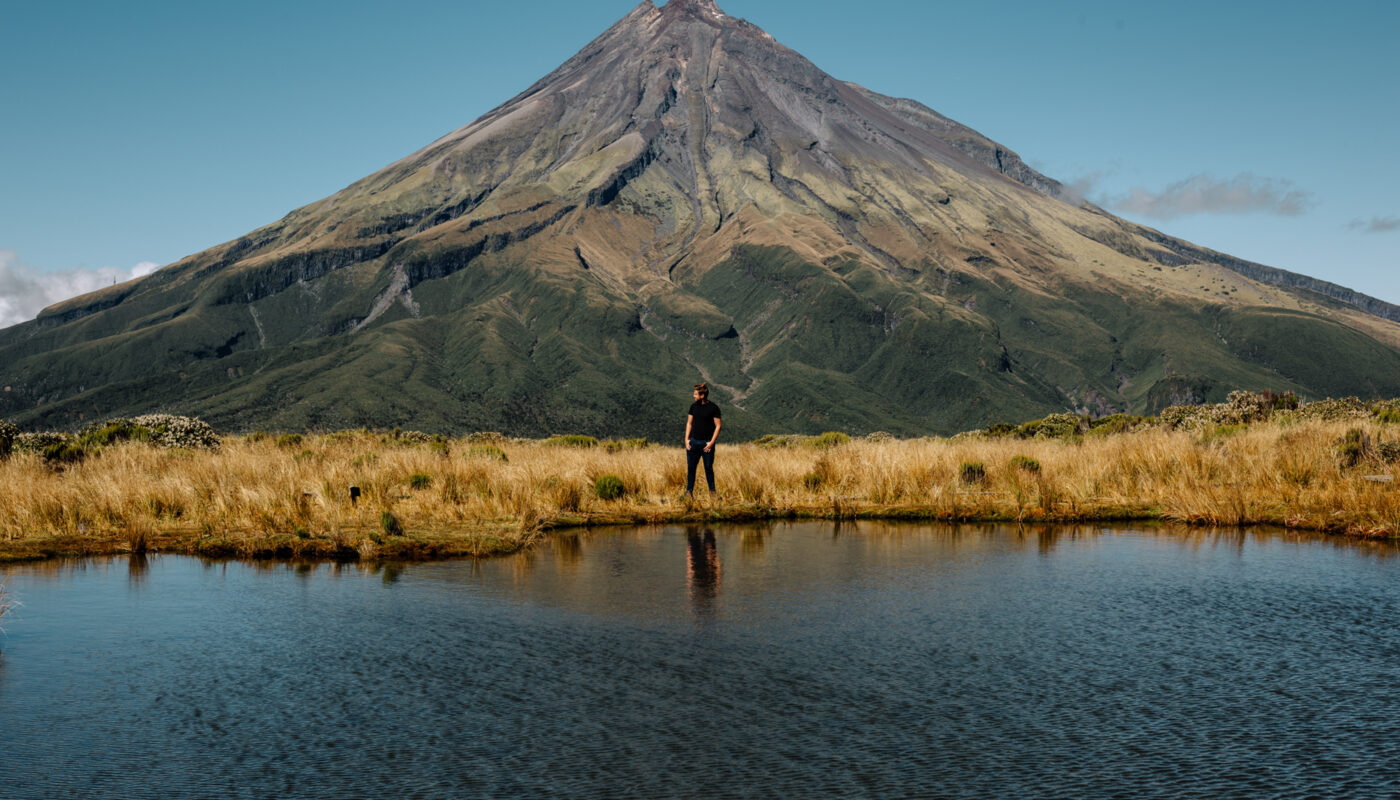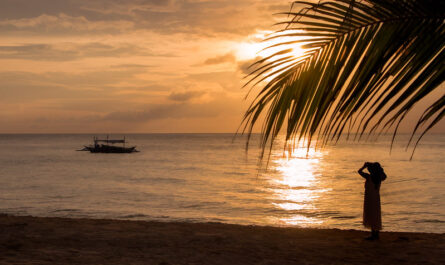The Pacific region, often referred to as the “Ring of Fire,” is home to some of the most active and awe-inspiring volcanoes in the world. From the towering peaks of Hawaii to the explosive craters of Indonesia and the steaming landscapes of New Zealand, exploring volcanoes in this region offers a once-in-a-lifetime adventure. Whether you are a seasoned adventurer or a curious traveler, this guide will provide essential information on the best volcanoes to visit, safety tips, and how to make the most of your volcanic exploration.
1. Understanding the Pacific Ring of Fire
The Pacific Ring of Fire is a vast region encircling the Pacific Ocean, known for its high volcanic and seismic activity. It stretches from South America to North America, across the Aleutian Islands, down through Japan, the Philippines, Indonesia, and the South Pacific islands, including New Zealand. Approximately 75% of the world’s active and dormant volcanoes are found here, making it a hotspot for geological exploration.
2. Top Volcanoes to Explore in the Pacific
a. Mount Kilauea, Hawaii, USA
- On Hawaii’s Big Island sits one of the world’s most active volcanoes.
- Offers dramatic lava flows, lava tubes, and steaming craters within Hawaii Volcanoes National Park.
- Best explored via guided tours or self-guided trails.
b. Mount Yasur, Vanuatu
- Considered to be among the most accessible active volcanoes in the world.
- Visitors can hike up to the rim and witness mesmerizing lava eruptions.
- Nighttime visits offer an even more spectacular view of the glowing lava fountains.
c. Mount Rinjani, Indonesia
- Indonesia’s second-highest volcano, located on Lombok Island.
- A challenging multi-day trek that leads to a crater lake and stunning panoramic views.
- Trekkers can experience natural hot springs along the way.
d. White Island (Whakaari), New Zealand
- A marine volcano that is currently active off the North Island of New Zealand.
- Known for its dramatic steam vents, sulfuric landscapes, and bubbling mud pools.
- Boat or helicopter tours provide safe access to this dynamic volcanic environment.
e. Mount Fuji, Japan
- The famous volcano in Japan, which is a UNESCO World Heritage Site
- Offers a popular summer climbing season with breathtaking sunrise views.
- Numerous trails cater to climbers of different experience levels.
3. Safety Tips for Volcanic Exploration
a. Research the Activity Status
- Always check the latest volcanic activity reports from local geological agencies.
- Follow travel advisories and avoid areas experiencing increased seismic activity.
b. Wear Appropriate Gear
- Sturdy hiking boots for rough and uneven terrain.
- Protective masks for areas with volcanic ash or sulfuric gases.
- Lightweight clothing and layers to adapt to changing temperatures.
c. Be Prepared for Emergencies
- Bring non-perishable snacks, extra water, and a first aid kit.
- Tell someone about your intended itinerary and anticipated time of return.
- Have an emergency evacuation plan in place.
4. The Best Time to Visit Pacific Volcanoes
- Hawaii: Year-round, though the dry season (April to October) offers the best hiking conditions.
- Indonesia: May to September (dry season) for optimal trekking conditions.
- Vanuatu: May to October for clearer views and safer access.
- New Zealand: November to April for pleasant weather and accessibility.
- Japan: July to September for Mount Fuji’s official climbing season.
5. Ethical and Sustainable Volcanic Tourism
a. Respect Local Traditions and Cultures
- Many Pacific volcanoes hold cultural and spiritual significance for indigenous communities.
- Follow local guidelines and respect sacred sites.
b. Minimize Environmental Impact
- To protect delicate ecosystems, stay on approved trails.
- Avoid littering and take all waste with you.
c. Support Local Communities
- Hire local guides and stay in eco-friendly accommodations.
- Purchase souvenirs from local artisans rather than mass-produced goods.
6. Capturing the Perfect Volcanic Adventure
a. Photography Tips
- Capture dramatic sunrise or sunset shots for stunning colors.
- Use a tripod for nighttime lava photography.
- Keep a safe distance from eruptions to protect your equipment.
b. Documenting Your Experience
- Keep a travel journal to record your observations and experiences.
- Share your adventure through blogs or social media to inspire others.
7. Additional Volcanoes Worth Exploring
a. Mount Ruapehu, New Zealand
- An active stratovolcano with ski resorts and hiking trails.
- Offers breathtaking views and glacial features.
b. Mauna Loa, Hawaii, USA
- The largest volcano on Earth by volume.
- Features long lava flows and extensive hiking trails.
c. Mount Taranaki, New Zealand
- A near-perfect cone-shaped volcano with scenic trails.
- Popular among hikers and photographers.
8. Adventure Tourism and Volcano Trekking
- Many tour operators offer guided trekking experiences for different skill levels.
- Volcano hiking combines adventure, nature, and cultural experiences.
- Opportunities to camp near volcanic landscapes for an immersive experience.
Conclusion
Exploring volcanoes in the Pacific is an exhilarating experience that combines adventure, nature, and culture. Whether you choose to trek up Mount Rinjani, witness lava flows in Hawaii, or stand at the rim of Mount Yasur, every volcanic journey is unique and unforgettable. By preparing adequately, respecting local environments, and embracing the thrill of volcanic landscapes, you can embark on a safe and awe-inspiring adventure into the heart of the Pacific’s fiery giants. Adventure seekers will find no shortage of excitement in these volcanic regions, where each eruption tells the story of the Earth’s dynamic and ever-changing landscape.



